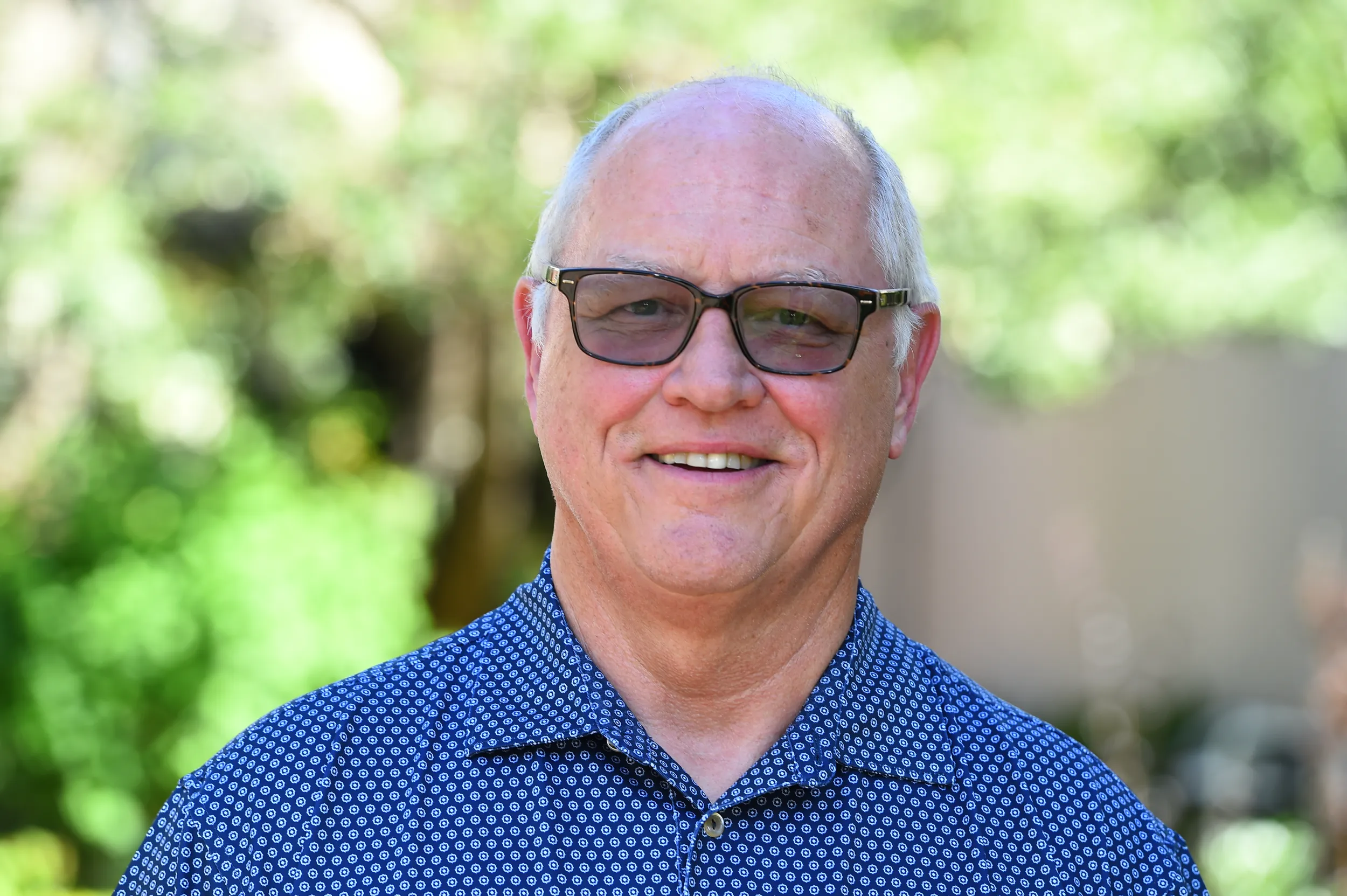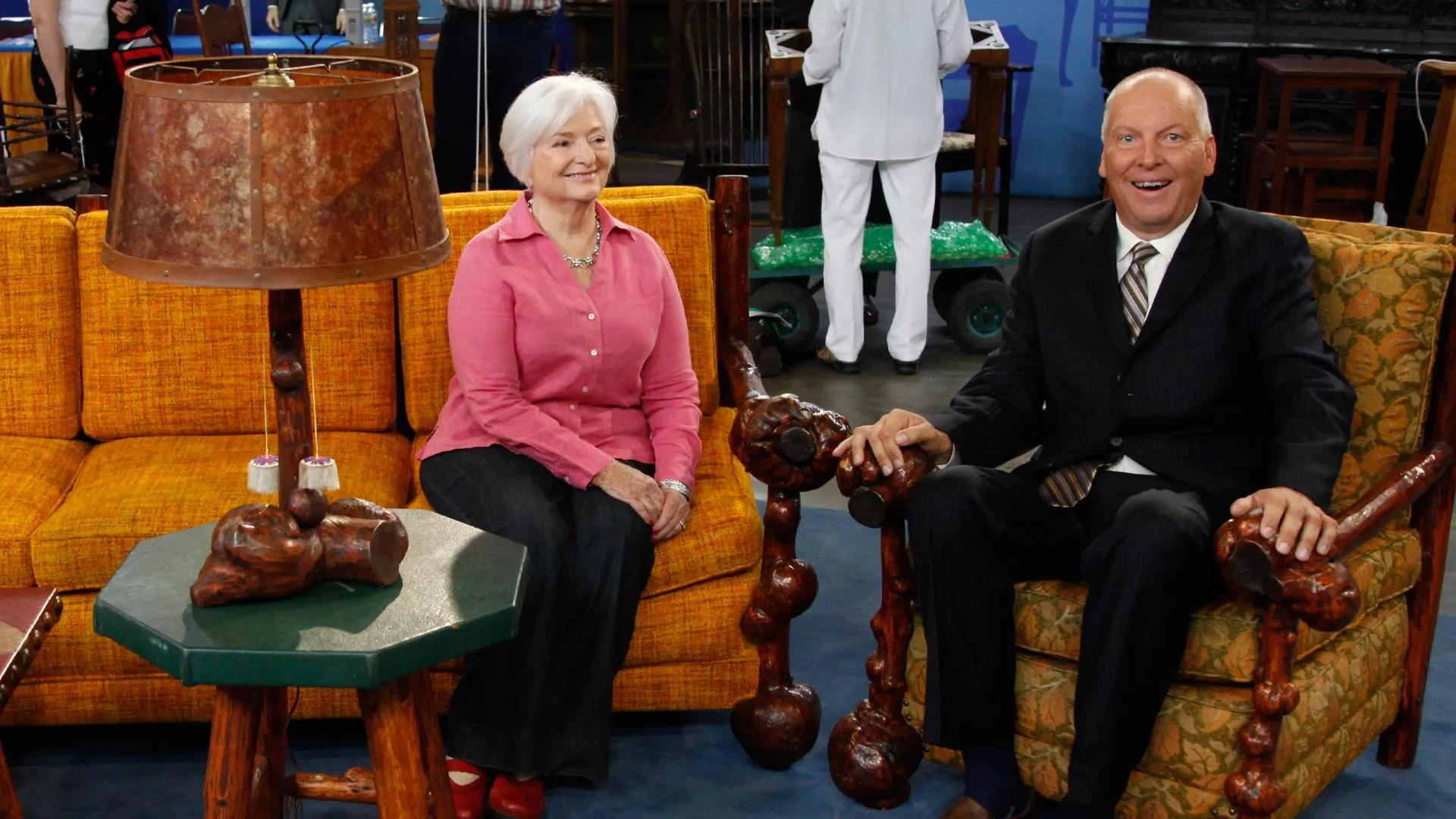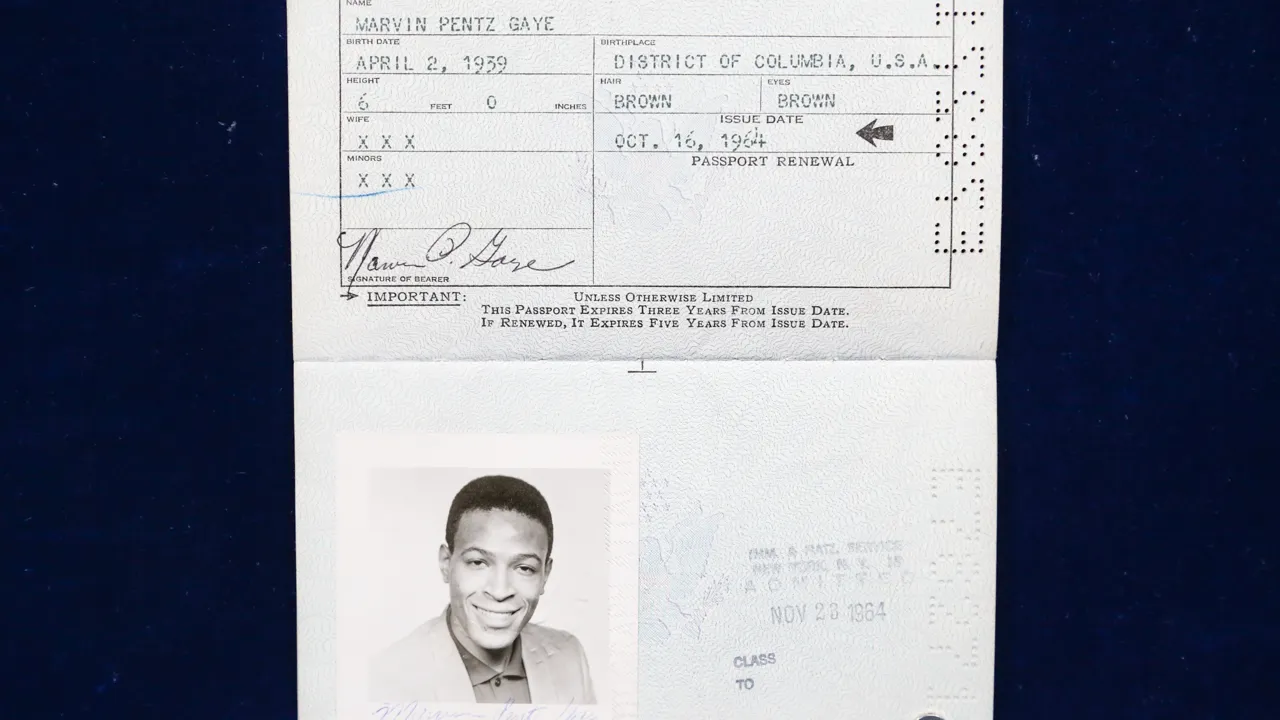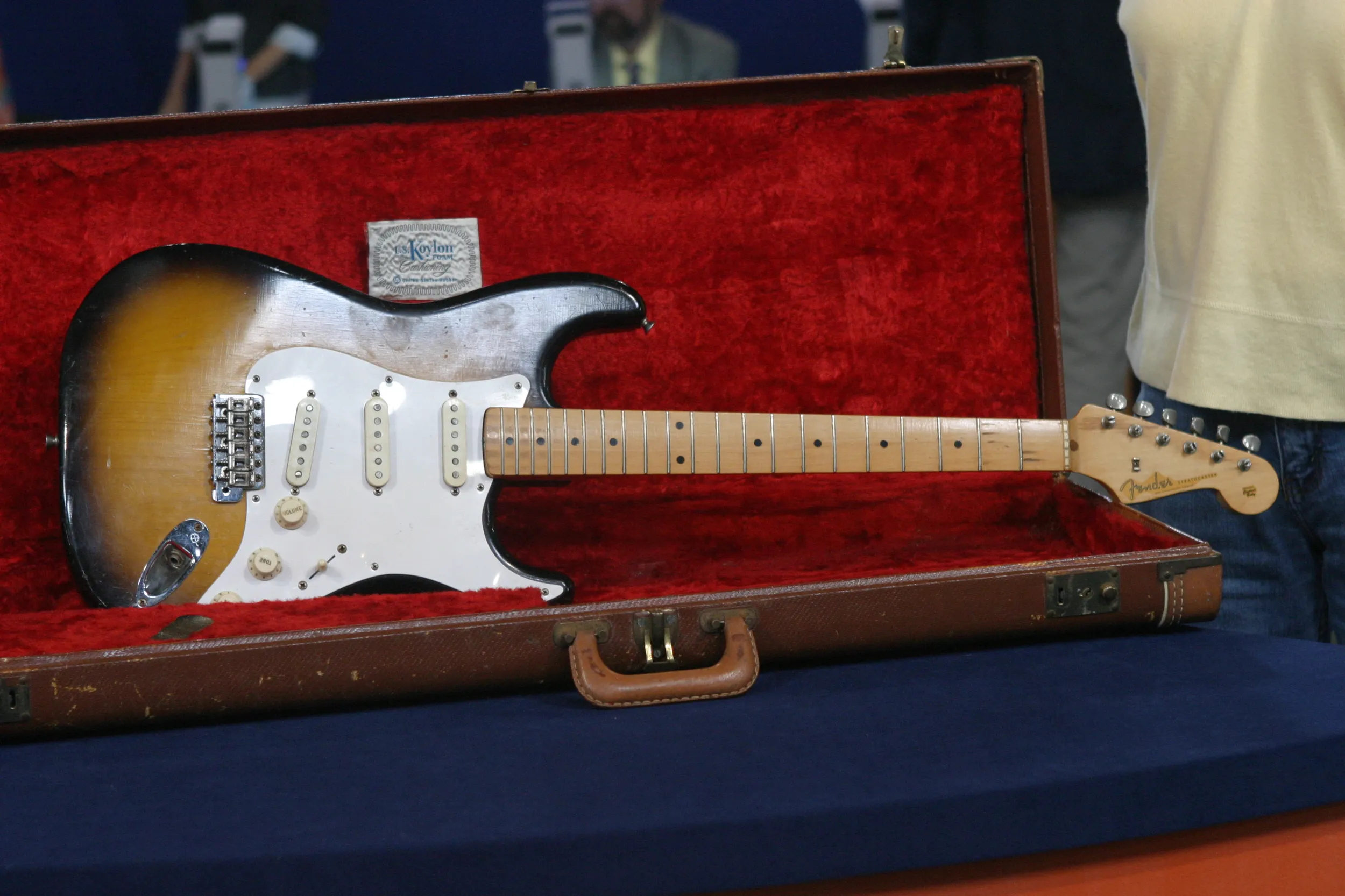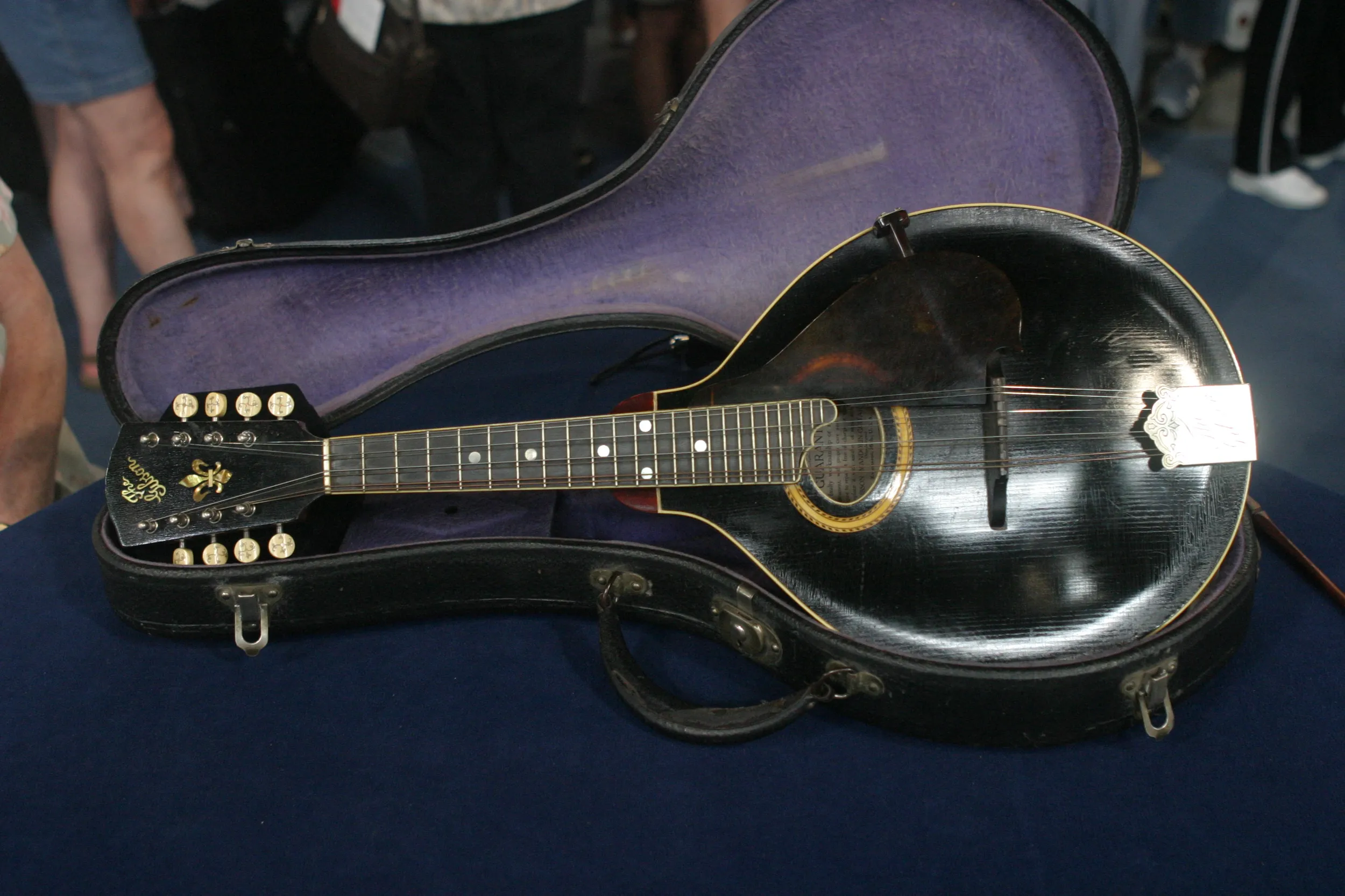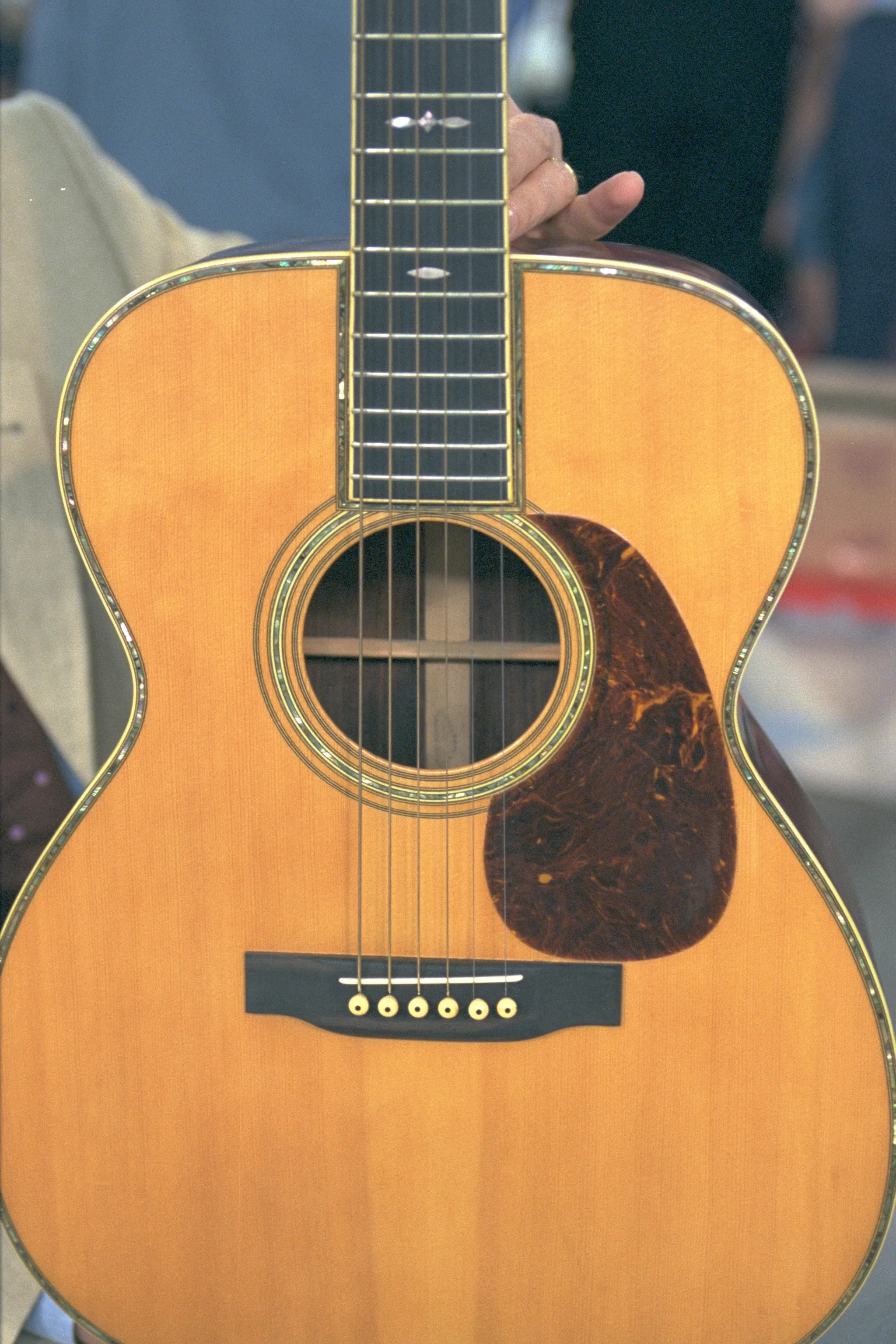APPRAISER: You inherited this guitar, right?
GUEST: From my brother, yes.
APPRAISER: Tell me a little bit about how he wound up with it.
GUEST: Um, he was in college in Colorado, and him and a friend had gone to a pawn shop. They spotted this guitar, and the man at the pawn shop said that it was once owned by Hank Williams. So, being a poor college student, though, he was having second thoughts. He finally decided he would just purchase it.
APPRAISER: So this is, like, in, uh, early to mid-'70s?
GUEST: Yeah, yeah, around there. And what did he pay for it?
APPRAISER: I think he paid between $250 and $300 for it originally, yeah.
APPRAISER: One of the things that I would put to rest first is that I don't think that Hank Williams actually owned this guitar, but he did play...
GUEST: Okay.
APPRAISER: ...a Martin D-28. The exciting thing about this guitar is the date and all of the features that it has. It's a Martin D-28, made in 1944.
GUEST: Okay.
APPRAISER: Now, I've played bluegrass pretty much all my life, and this is the Holy Grail for bluegrass players-- a Martin D-size-body guitar.
GUEST: Okay.
APPRAISER: 1944 was the last year that they did scalloped bracings. Now, we can't show this on camera because we can't take your guitar apart, but when we were over at the musical instrument table, we got a mirror and a flashlight and looked up inside of the top and the back here, and we could tell that it had the scalloped bracings.
GUEST: Okay, and that's a good thing.
APPRAISER: That's a very good thing.
GUEST: Okay.
APPRAISER: The reason people love these so much is because that scalloped bracing gives them a certain sound. And they quit doing it because they had a lot of warranty claims from the top separating and so forth, and started making it more sturdy and had a stiffer sound, also. It has herringbone trim around the outside. It's Adirondack spruce, Brazilian rosewood in the body, and that's the original inlay pattern. The tuners have been replaced.
GUEST: Okay.
APPRAISER: And that's not unusual for a guitar that old. The other thing that I noticed was that there's a real light overspray on it. Uh, not much, nothing that would really be a deal killer. Real evidence of it is right here in this little inset where the fingerboard comes out, because that would have never had finish put on it. And also, when you look through the sound hole, you'll see that there's a little bit of varnish down inside of it. So whoever sprayed it probably didn't put anything over the sound hole, so it's got a little bit of varnish inside of it. I talked with my colleague over at the table, and we both agree that this guitar would retail for $35,000 to $45,000.
GUEST: $35,000 to $45,000?
APPRAISER: Thousand.
GUEST: Well, that's kind of more than I had thought. (laughing) Well, that's great. That's... unbelievable.
APPRAISER: I just want to strum one chord on this...
GUEST: Okay.
APPRAISER: ...so people can hear how wonderful this is. (strums major chord) You hear how full that is? (repeats chord) It's just got a great sound.
GUEST: Maybe I should take guitar lessons. (chuckling)
APPRAISER: I would.
GUEST AND APPRAISER: (both laugh)
